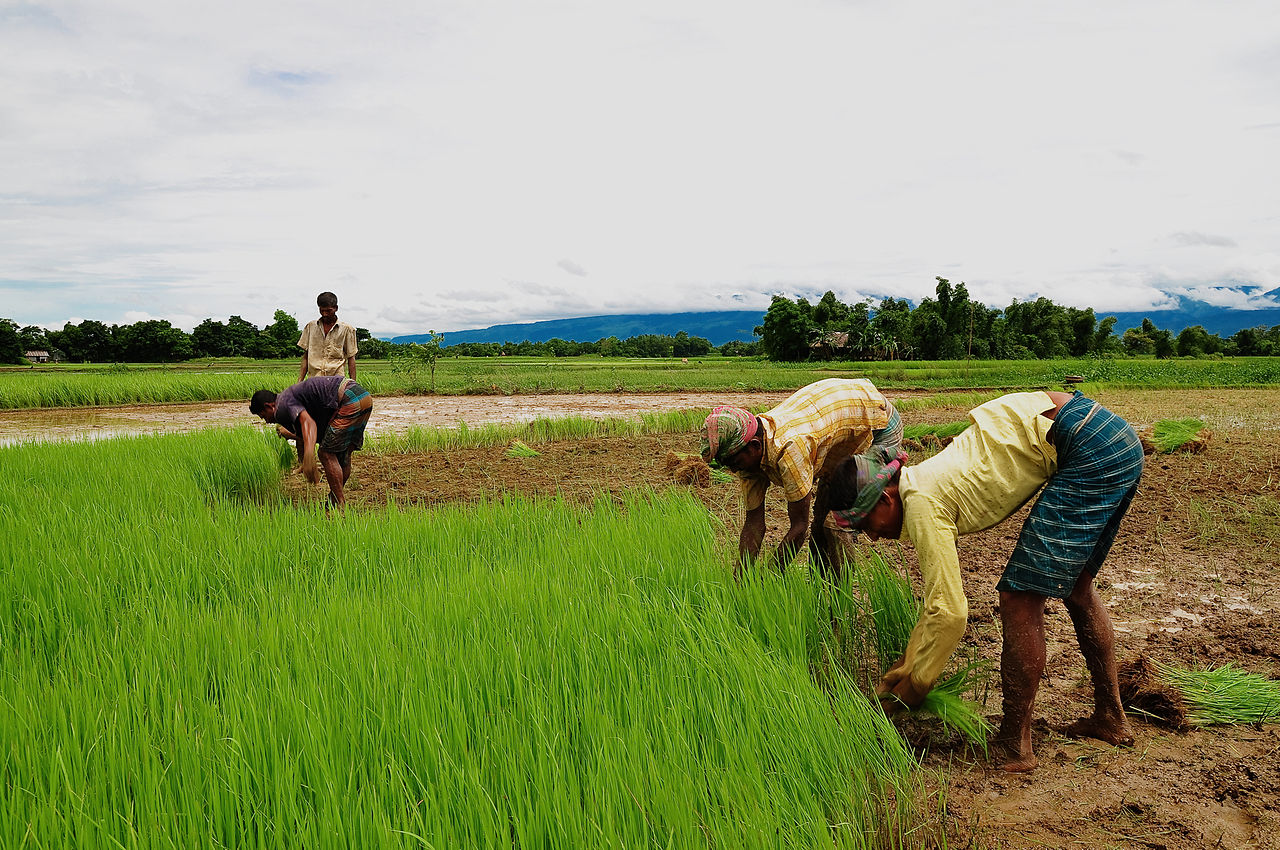
The finance minister Arun Jaitley said a few interesting things regarding black money in a written reply to the Rajya Sabha recently. “No black money account details have been provided by Switzerland, UK or Spain,” Jaitley said.
This isn’t surprising at all given the banking laws in place in these countries. Further, there is an impression that Switzerland is living on the black money that comes into its banks from all over the world. As Cambridge University economist Ha-Joon Chang writes in Bad Samaritans—The Guilty Secrets of Rich Nations and the Threat To Global Prosperity: “Switzerland is not a country living off black money deposited in its secretive banks…It is, in fact, literally the most industrialized country in the world.”
What this means is that if a country which is not dependent on black money to run its economy is not ready to share black money account details with us, why would countries which are dependent on black money coming into their economies share any details at all?
There are around 70 tax havens all over the world. And black money that has left Indian shores could have gone to any of these tax havens. An estimate made by the International Monetary Fund suggests that around $18 trillion of wealth lies in international tax havens other than Switzerland and beyond the reach of any tax authorities. Some of this money must have definitely originated in India. Many of these tax havens are dependent on the black money that comes into their banks. And they have absolutely no incentive in sharing these details with the Indian government.
Jaitley also told the Rajya Sabha that the previous government had asked three institutes, the National Institute of Public Finance and Policy (NIPFP), National Council of Applied Economic Research (NCAER) and National Institute of Financial Management (NIFM), to make an estimate of the black money within India and that which had left the shores. “Reports received from these institutes are under examination of the government,” he told the Rajya Sabha.
In fact, none of these reports are currently in the public domain. Nevertheless, The Hindu newspaper had accessed the NIPFP report in August 2014. The NIPFP puts the size of the black money economy at around 75% of the gross domestic product(GDP). This estimate is much bigger than the previous estimates. The last official study for estimating black money had been carried out by NIPFP way back in 1985 on the request of the finance ministry. The study put the size of the black money anywhere between 15-21% of the GDP, as can be seen in the following table.
 |
Source: Finance Ministry’s white paper on black money released in May 2012
The finance ministry’s white paper on black money released in May 2012 points out: “The NIPFP study concluded that total black income generation of Rs 36,784 crore out of a total GDP. at factor cost of Rs 1,73,420 crore was on the higher side, although it turns out to be less than 30 per cent of GDP as against some extravagant estimates placing it at 50 or even 100 per cent of GDP.”
If we compare the 1985 study numbers to the latest NIPFP black money number there has been a huge jump in black money generation, with the black money economy now accounting for nearly 75% of the GDP.
The question is where is this black money being generated from? The first is property transactions. A FICCI report on black money published in February 2015 points out: “The Real Estate sector in India constitutes for about 11 % of the GDP15 of Indian Economy, as these transactions involve high transaction value. In the year 2012-13, Real Estate sector has been considered as the highest parking space for black money.”
The Hindu report which accessed the NIFPF report states that: “The biggest source, though, remains real estate transactions, the unaccounted money from which is estimated to be as big as the Plan expenditure of the government.” The plan expenditure of the government for the financial year ending March 31, 2013, had stood at Rs 4,53,327 crore. Now that is a huge amount of money.
The other major sectors generating black money are private education and mining. Politicians running this country have significant interests in real estate, mining and the education businesses. In fact, many real estate companies and education businesses are fronts for politicians.
The other major black money spinner are the subsidies given by the government. The Hindu reported that: “Diversion of subsidised kerosene to the open market is estimated to have generated as much as Rs.11,910 crore.” This was half the total amount of kerosene subsidy provided in 2013-2014. It wouldn’t be surprising that black money is being generated from other subsidies offered by the government as well.
Given this, the government has clear idea of where the black money is being generated. Hence, if it wants to it can easily go after this black money, instead of trying to chase black money that has already left the shores of this country. The question is will it do so, given that politicians are at the heart of generating black money in this country.
The column appeared originally in The Daily Reckoning on May 7, 2015


